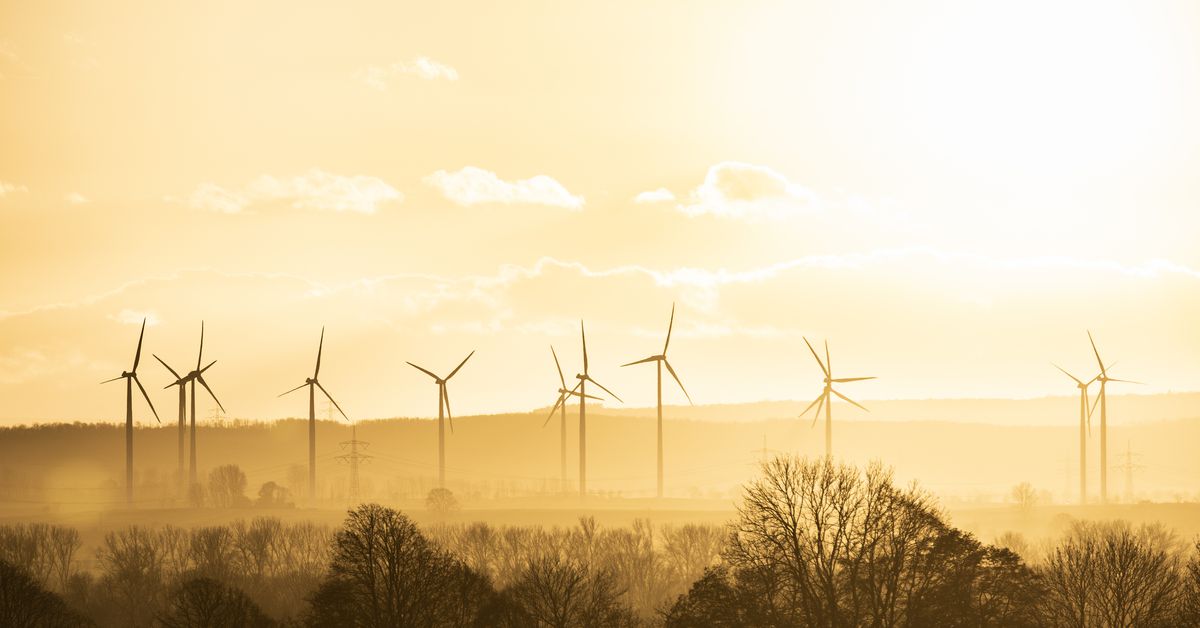Renewable energy production beat fossil fuels in Europe
Source: The Verge added 25th Jan 2021Renewable energy became the biggest source of electricity in the European Union in 2020, beating fossil fuels for the first time. Germany and Spain also hit that milestone individually last year — so did the UK, which officially left the EU in January 2020.
Renewables powered 38 percent of electricity in the EU last year, according to a report released today by energy think tanks Ember and Agora Energiewende. That gives renewable energy a narrow lead over fossil fuel-fired generation, which accounted for 37 percent of Europe’s electricity. The remaining quarter comes from nuclear energy.
The rise of renewables is good news for the health of the planet. Still, renewable energy will need to grow at an even faster rate to stave off a future with more climate change-induced disasters.
“Renewables overtaking fossils is an important milestone in Europe’s clean energy transition. However, let’s not be complacent,” Patrick Graichen, director of Agora Energiewende, said in a statement. “Post-pandemic recovery [programs] need to go hand-in-hand with accelerated climate action.”
The European Union recently set a goal of roughly halving its carbon dioxide emissions by 2030 (compared to 1990 levels) and virtually eliminating them altogether by 2050. That’s in line with what United Nations scientists believe will be necessary to keep climate change at a relatively manageable level. Europe will need to double the speed at which it deployed renewables in 2020 to fulfill that EU commitment, according to Graichen.
Wind and solar energy drove the growth in renewables last year, as the growth of other forms of carbon-free energy, like hydropower, stagnated. Together, wind and solar generation saw an increase of 10 percent in 2020.
Coal generation, on the other hand, tumbled a whopping 20 percent last year. About half of that decline was because of new wind and solar capacity, according to the report. The rest can be attributed to an uptick in natural gas and a drop in electricity demand during the COVID-19 pandemic. That left coal generation in 2020 at about half of what it was in 2015.
Nuclear energy generation also fell dramatically last year. It saw a record 10 percent drop, following the permanent closure of reactors in Sweden and Germany. Nuclear energy is projected to keep shrinking as more countries phase out their facilities, according to the report.
Taking all of these trends into account, Europe’s electricity in 2020 was 29 percent cleaner than it was five years ago. In 2015, each kilowatt-hour of electricity used resulted in roughly 317 grams of carbon dioxide. Now, that same amount of electricity only creates about 226 grams of CO2. And the race to get that figure down to zero is just heating up.
brands: ACTION Carbon First Fossil It MILESTONE New other Patrick Planet United media: 'The Verge'
Related posts
Notice: Undefined variable: all_related in /var/www/vhosts/rondea.com/httpdocs/wp-content/themes/rondea-2-0/single-article.php on line 88
Notice: Undefined variable: all_related in /var/www/vhosts/rondea.com/httpdocs/wp-content/themes/rondea-2-0/single-article.php on line 88
Related Products
Notice: Undefined variable: all_related in /var/www/vhosts/rondea.com/httpdocs/wp-content/themes/rondea-2-0/single-article.php on line 91
Warning: Invalid argument supplied for foreach() in /var/www/vhosts/rondea.com/httpdocs/wp-content/themes/rondea-2-0/single-article.php on line 91
